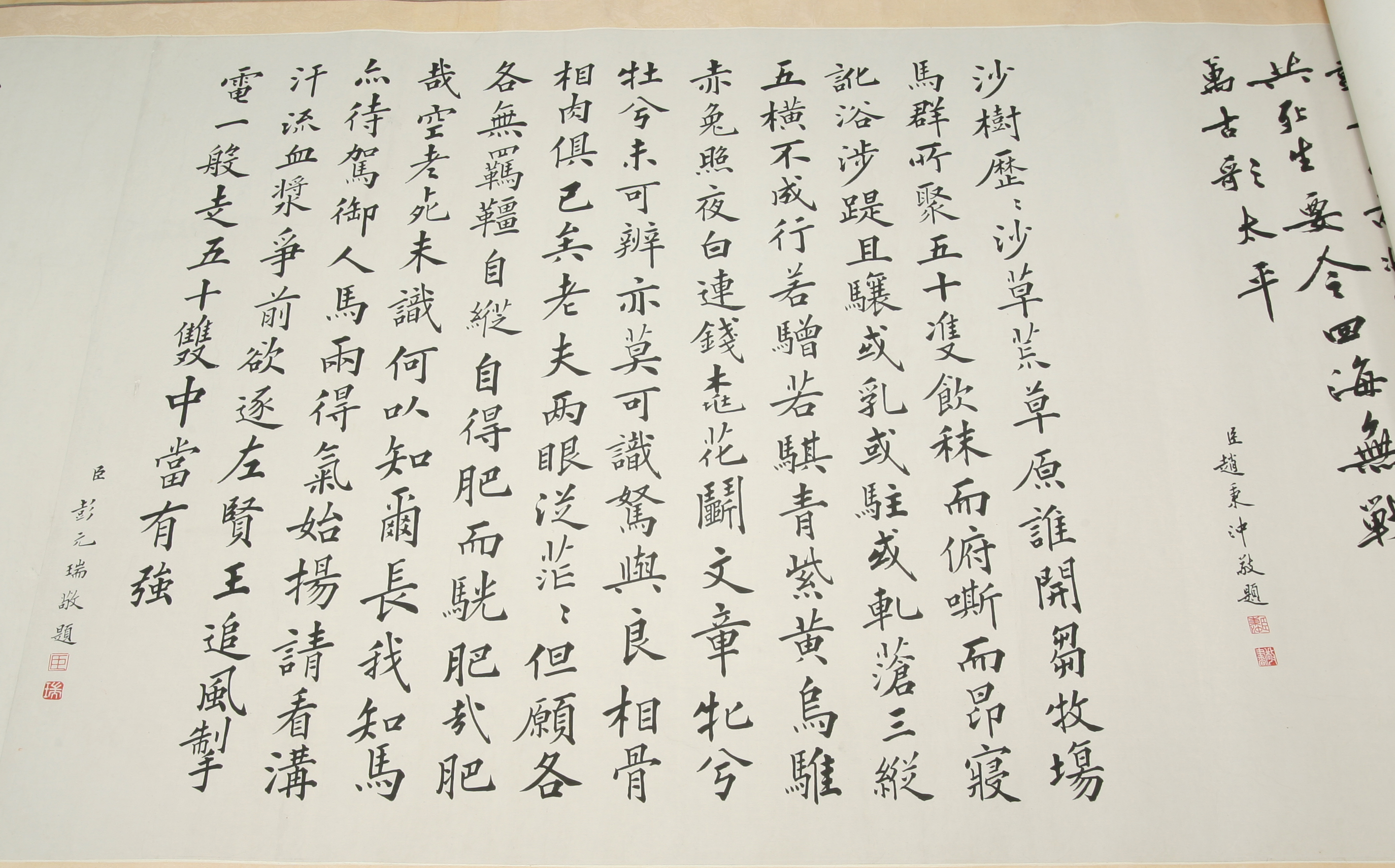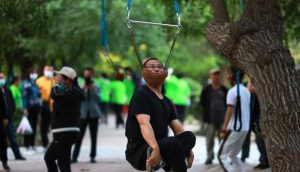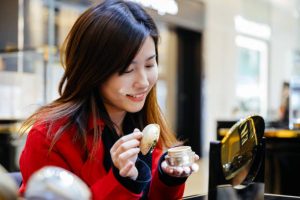
Learning how to use rhetorical language structures and devices in Chinese can be a great way to develop the richness of your language skills, and it can also be a fun way to interact more colloquially with your Chinese friends.
Here are just a few examples of rhetorical devices in Chinese and some everyday uses of them:
Simile 明喻 【明喻】Míngyù
Normally in Chinese the structures for similes include characters that indicate similarity or comparison:
好像。。。一样 【好像。 。 。一樣】 Hǎoxiàng. . . Yīyàng
像。。。似的 【像。 。 。似的】 xiàng. . . Shì de
仿佛 【彷彿】 fǎngfú
For example:
他像豹子跑得一样快。 【他跑得像豹子一樣快。】
He runs as fast as a leopard. Tā pǎo dé xiàng bàozi yīyàng kuài.
Metaphor 暗语【暗語】Ànyǔ
For metaphors you wouldn’t use 像 or those type of comparison words, instead you’d emphasise that something IS something else, in a metaphorical sense. Therefore you should use these types of words:
是 【是 】 Shì
成为 【成為 】 chéngwéi
For example:
他吃了好多,是一只胖胖的猪。 【他吃了好多,是一隻胖胖的豬。】
He ate so much, he’s a fat pig. Tā chīle hǎoduō, shì yī zhī pàng pàng de zhū.
Exaggeration 夸张【誇張】Kuāzhāng
Exaggeration is used quite a lot in everyday Chinese, similar to English, it helps creates particular imagery to accompany your speech and emphasise certain aspects of it.
The most commonly seen are:
饿死我了 【餓死我了】
Starving to death. Èsǐ wǒle
累死我了 【累死我了】
Tired to death. lèi sǐ wǒle
吓死我了 【嚇死我了】
Scared me to death. xià sǐ wǒle
Personification 拟人【擬人】Nǐrén
Personification being where an animal or an object takes on a human quality, this rhetorical device is particularly seen in Chinese literature and again creates a rich and often comical imagery.
For example:
这只兔子骄傲地看着我。 【這隻兔子驕傲地看著我。】
That rabbit is looking arrogantly at me. Zhè zhī tùzǐ jiāo’ào de kànzhe wǒ.
Rhetorical Question 反问【反問】fǎnwèn
Rhetorical questions are useful when you’re trying to express your disbelieve, or persuade someone of your side of any argument.
The characters most useful for indicating a rhetorical question are:
难道 【難道 】 Nándào
For example:
你不是想吃冰淇淋吗? 【你不是想吃冰淇淋嗎?】
So you don’t want to eat any ice cream? Nǐ bùshì xiǎng chī bīngqílín ma?
I.e. when addressing a child – implication being that of course the child probably wants to eat ice cream.
If you’re feeling adventurous, why not try exploring some other rhetorical devices such as onomatopoeia, irony and homophony!























